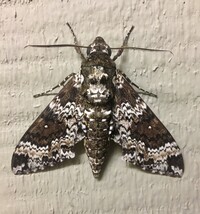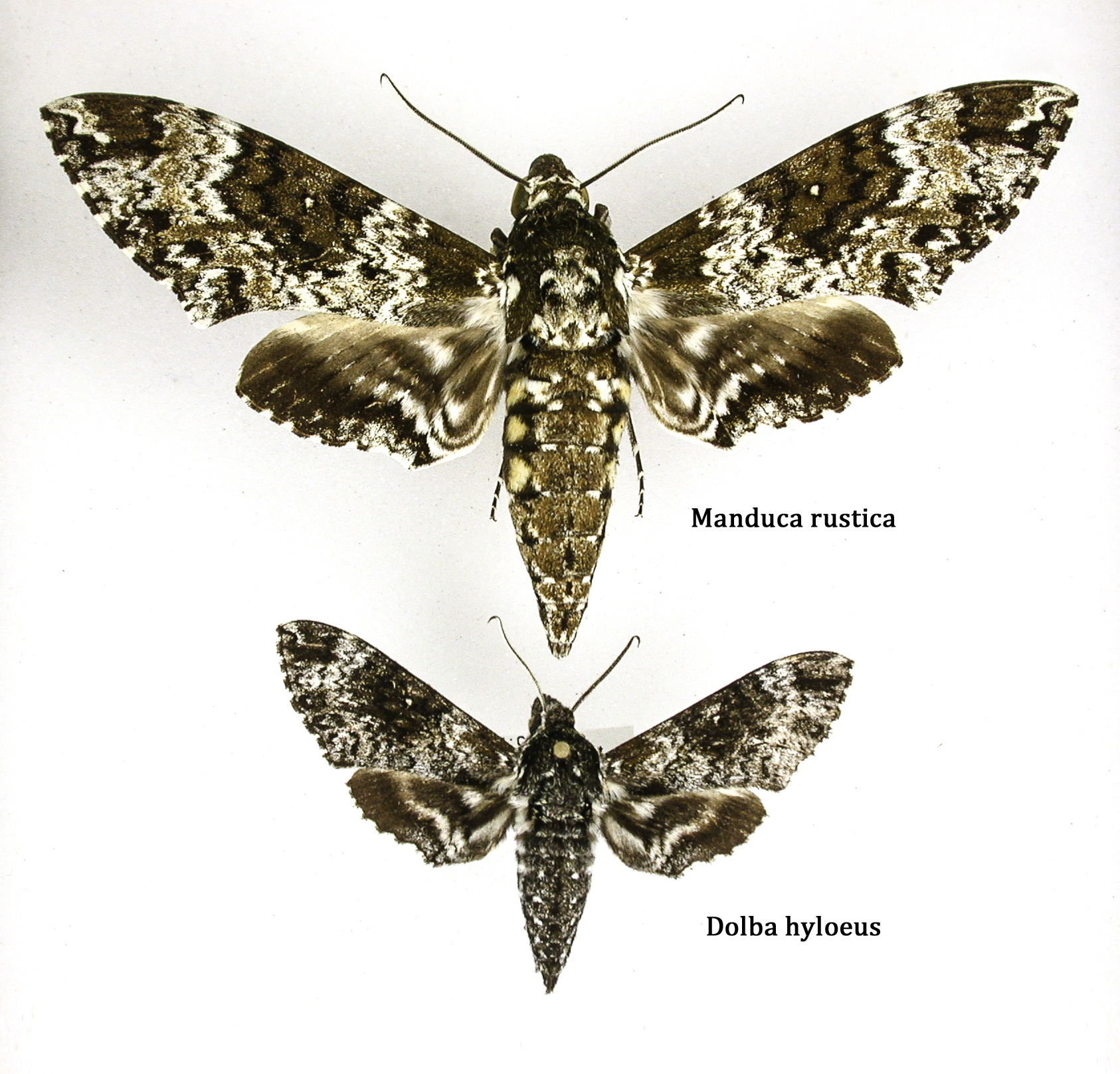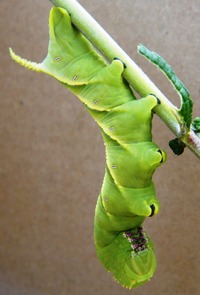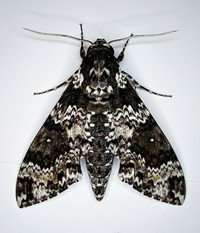
| Recorded by: Caleb Garner on 2025-08-16
Wake Co.
Comment: | 
| Recorded by: Caleb Garner on 2025-08-16
Wake Co.
Comment: |

| Recorded by: Allison Garton on 2025-08-04
Moore Co.
Comment: | 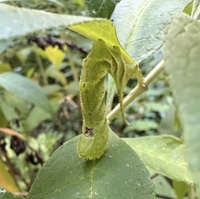
| Recorded by: Marilyn Westphal on 2025-07-29
Henderson Co.
Comment: |

| Recorded by: R. Newman on 2025-04-10
Carteret Co.
Comment: | 
| Recorded by: Bre Owens on 2024-08-14
Hoke Co.
Comment: |
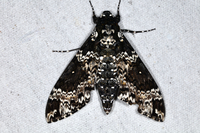
| Recorded by: Jim Petranka on 2024-08-04
Madison Co.
Comment: | 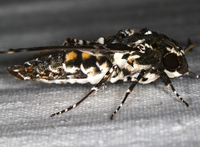
| Recorded by: Jim Petranka on 2024-08-04
Madison Co.
Comment: |

| Recorded by: R. Newman on 2024-07-29
Carteret Co.
Comment: | 
| Recorded by: R. Newman on 2024-07-23
Carteret Co.
Comment: |
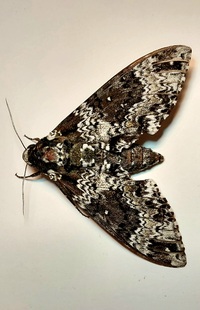
| Recorded by: Mark Basinger on 2024-07-17
Wilson Co.
Comment: | 
| Recorded by: Maurice Cullen, Todd Pusser, F. Williams, S. Williams on 2024-07-08
Gates Co.
Comment: |
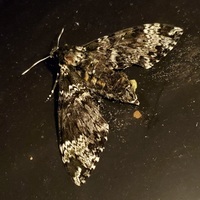
| Recorded by: M. Crawford on 2024-06-29
Jackson Co.
Comment: | 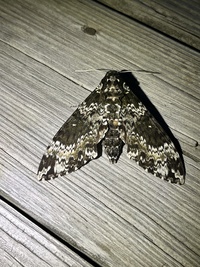
| Recorded by: Sarah Toner on 2024-06-19
Dare Co.
Comment: |
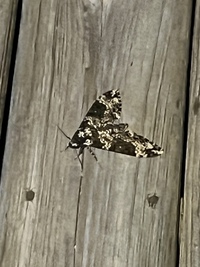
| Recorded by: Sarah Toner on 2024-06-19
Dare Co.
Comment: | 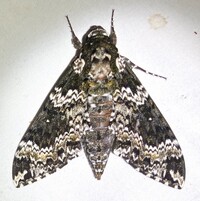
| Recorded by: Dean Furbish, Lior S. Carlson on 2024-06-17
Lincoln Co.
Comment: |
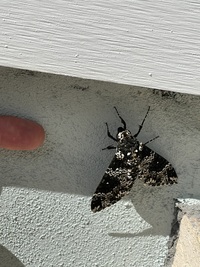
| Recorded by: Jesse C Shaw on 2024-06-12
Brunswick Co.
Comment: | 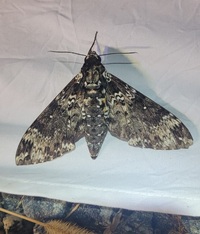
| Recorded by: Andrew W. Jones on 2023-09-07
Polk Co.
Comment: |
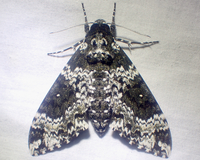
| Recorded by: tom ward on 2023-08-24
Buncombe Co.
Comment: | 
| Recorded by: Stephen Dunn on 2023-08-22
Orange Co.
Comment: |
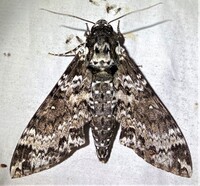
| Recorded by: Dean Furbish on 2023-07-24
Wake Co.
Comment: | 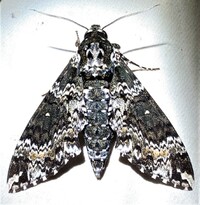
| Recorded by: Dean Furbish on 2023-07-12
Wake Co.
Comment: |

| Recorded by: David George, Stephen Dunn, Jeff Niznik on 2023-06-25
Orange Co.
Comment: | 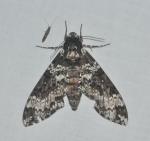
| Recorded by: K. Bischof on 2023-06-16
Transylvania Co.
Comment: |

| Recorded by: K. Bischof on 2023-06-16
Transylvania Co.
Comment: | 
| Recorded by: Dean Furbish on 2023-06-13
Wake Co.
Comment: |
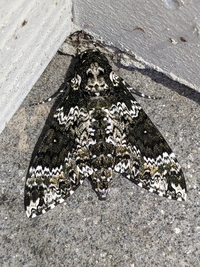
| Recorded by: Erich Hofmann and Kayla Weinfurther on 2023-05-26
New Hanover Co.
Comment: | 
| Recorded by: Dean Furbish on 2022-09-13
Wake Co.
Comment: |
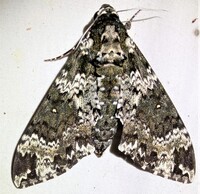
| Recorded by: Dean Furbish on 2022-09-01
Wake Co.
Comment: | 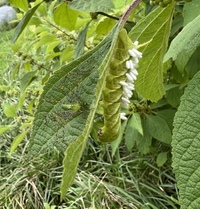
| Recorded by: Stephen Dunn on 2022-08-14
Orange Co.
Comment: on Callicarpa americana |
|

 »
»